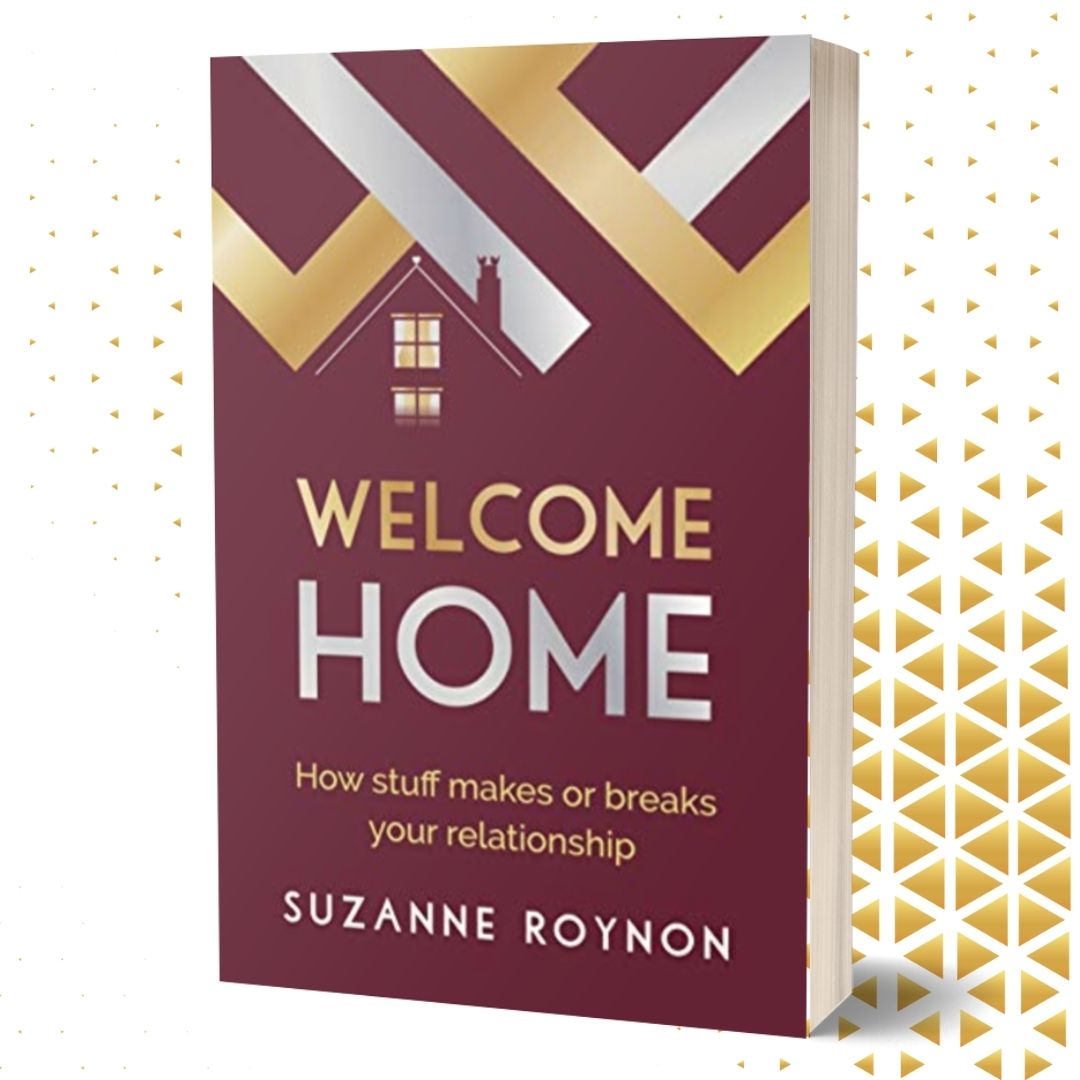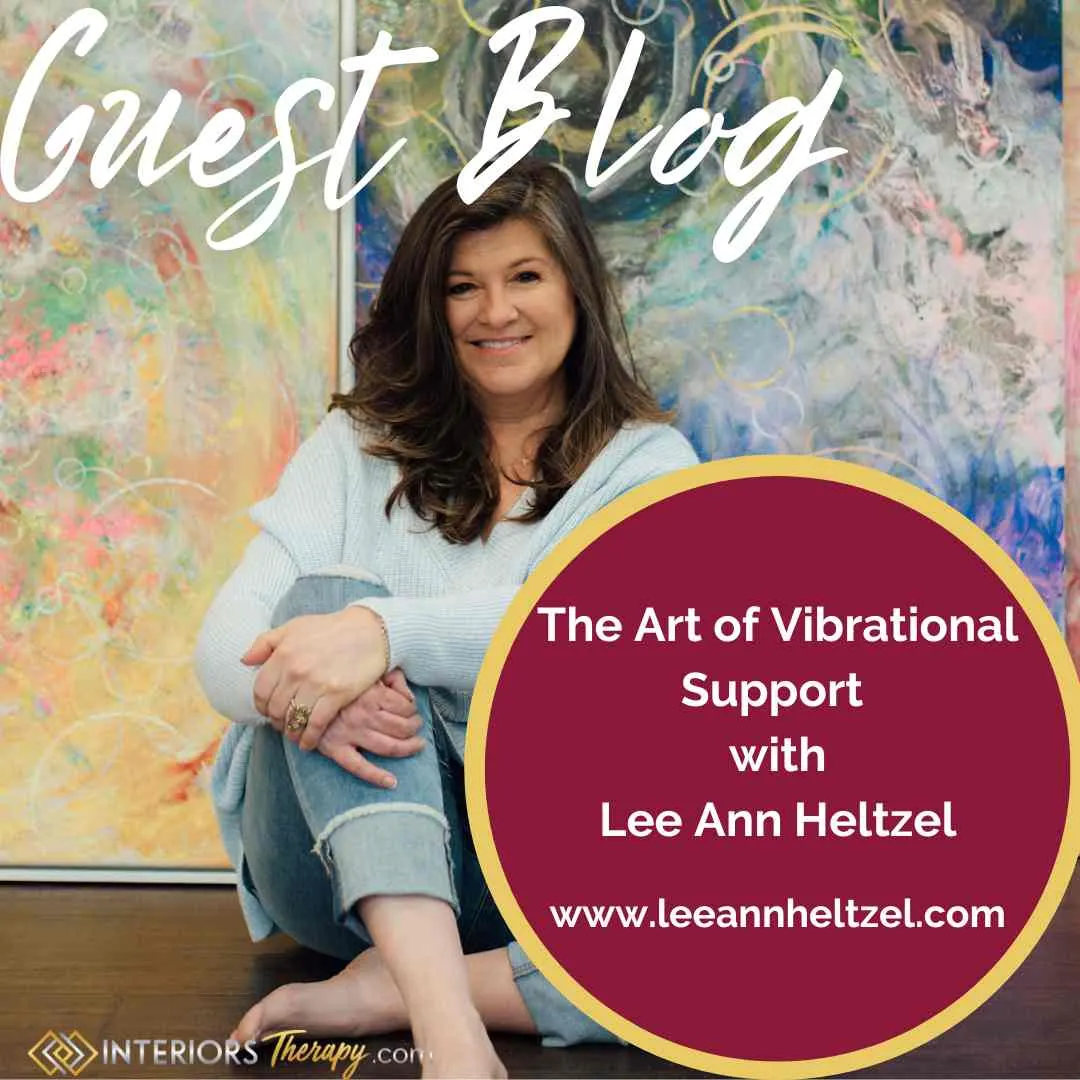My desk had piles

Before Interiors Therapy you would have found me in a managerial role, in a small, shared office. My desk always had piles.
What I learned about piles, wherever they are located, is that they are mighty uncomfortable.
There would always be a stack of forms to complete, another of research, letters and campaign ideas, journals, along with whichever files I was working on at the time. I could have worked 24 hours a day for a year and never dealt with everything sitting on that desk.
When I took the plunge into full time Interiors Therapy, I subconsciously created the same stacked desk arrangement. The piles had different headings, but the sense of overwhelm in my new home office was just the same.
It took moving to a gorgeous new apartment to break the habits of 20 years in management. My desire for a better quality of life and a balcony to enjoy the amazing views and pretty much live on during the summer, meant sacrificing dedicated office space.
The dining room table in the open plan sitting and dining space became ‘head office’, with the only concession to its new role being the addition of a very comfortable executive chair. At the end of each day, the focus was on ‘home’ both aesthetically and emotionally.
With just two small cupboards for all the office equipment including tech stuff and printer, I had to be ruthless about the paperwork. Necessary papers for each active project had a plastic folder or which was put away until I wanted to focus on it.
Everything else was dumped – three black sacks of unnecessary notes, old papers and journals along with a huge sigh of relief.
Now I start each morning with clarity which is also, deliciously, the first stage in Interiors Therapy. First I spritz the table with a focus-boosting spray containing lemon or another citrus oil to symbolically change its use from dining to desk.
My Pavlovian response to this flicks the switch from home to work.
Then I take my laptop and the relevant file from the cupboard, move the flowers, set up my phone stand, pour a cup of tea from the pot and I’m ready to roll.
At the end of the day, (and OK, if I’m working with a client in a different time zone, that can stretch well into the evening) it’s all put away and a casual visitor to the apartment would never know it’s been a hive of activity.
So what are my basic Interiors Therapy tips for managing workspace more efficiently?
- Take half a day to go through every physical file, pile or drawer of paperwork you are sitting on. Be ruthless. Those old conference notes, handouts you never use, old note books you haven’t opened in years can be liberated from your space along with anything else you’ve been meaning to get to, but never do.
- Create dedicated files for each project. Have a folder for receipts and use it rather than dumping them and hoping they will miraculously show up when you need them.
- Only have active files or paperwork on your desk. Put everything else away out of sight until you are ready to use it.
- Clear your desk at the end of each day. If you’ve finished with a post-it or anything else, ditch it.
- Empty office bins each day and clear used mugs.
- Wipe your desk down at least once a week or daily with a focus-boosting spritz if you want to start each new work session in a positive frame of mind.
For more in depth Interiors Therapy benefits, there are many other things you can do to make your workspace more advantageous and increase your productivity. These are just a few of them;
- Invest in a comfortable, ergonomic office chair. If you’re the boss, make sure you feel like the boss!
- Ensure the space you use inspires you with artwork and recognizes your achievements.
- Anything which makes you feel low needs to go, or at least be put out of sight until that can happen.
- Avoid sitting facing a wall – it symbolically creates barriers to your success and can be soul-destroying or leave you focusing on the minutiae rather than seeing the bigger picture.
- From the feng shui perspective, it is always recommended you can see the door from your chair. This prevents anything ‘creeping up on you’ physically or energetically. If they layout of your office makes that impossible, position a mirror on the desk so the door is reflected into your line of sight.
- Aim to have a solid wall behind your chair rather than a window.
- Open a window for at least ten minutes each day to refresh the air.
- If you are in a dedicated office space, consider creating a ‘fame wall’ in your recognition area and an ‘abundance area’ in the south east part of the room, a vision board to define your ‘new beginnings’ and tuck a list of travel plans and the details of the people who can help or support you in your ‘travel and helpful friends’ area.
- Fresh flowers and plants lift the energy, but make sure they aren’t spiky like cactus or yukka, and as soon as flowers pass their best, let them go. Never keep dead plants or flowers around you.
- Think about the colours you use, not just on walls and furniture, also in your physical tools and files. This is a whole other article, but briefly; Red can increase passion and activity but too much triggers anger. I put prospective client information in red files and move them to green when they start working with me. Purple is seen as inspiration or spiritual. If I want to create something new, then I use a purple file for the notes about it. Blue creates a stillness which might make you feel calm, but not generate much work activity, although it’s a great colour to use for filing your accounts outgoings! Grey is a depressant and best avoided, despite being the ‘in colour’ right now. I think it has a lot to answer for! Whites offer clarity and help the mind to focus.
- If you don’t feel inspired when you step into your work space, ask yourself why and do something about it. If you want a faster outcome, consider booking a free 15 minute Interiors Therapy taster session with me for some energy boosting ideas.
This article was prompted by a casual question from the inspirational Dr Yvette Ankrah MBE.
Every workspace is unique to the user and there are many more tips than I have space, or you have time for me to include in this brief article!
If you’d like to know more or want help to transform your working environment book an inspiration call.







